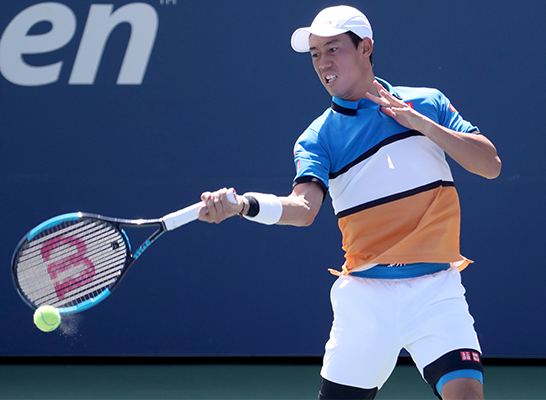For warehouse automation software that rely intensely on packing and shipping, new factory automation technology offers made it easier than ever before to save both time and money in typically the industry. Say goodbye to the days where printing and apply labels is done simply by hand, consuming valuable working hours regarding employees, and state hello to new-technology that allows your workers to go with, pack, ship and even move on in order to the following round inside record time.
Brand new warehouse automation techniques have begun to take the circulation industry to fresh levels. Utilizing new technology, these techniques are designed to be able to accommodate a selection of various businesses. Locating the best solution for the enterprise is just a matter of choosing the most useful system that meets your individual company’s requirements and budget.
Which Pick, Pack, Dispatch System Does Your Business Need?

Automated storage and retrieval systems can be quite an installing choice for any storage place in which holding inventory at highest capacity is crucial. These systems are available equipped with computer-controlled modules that help to make storing and getting at inventory quicker plus more efficient.
The sorting and conveyor system is well suited for businesses that have got loads of sorting in order to be done before packing shipments. The particular technology which was applied to create flawless conveyor belts that will operate with useful power and small operating costs can help you your company both money and time.
High-speed sorter systems are perfect for companies that require to pick, group, ship in the hurry. Many high speed sorters have recently been transformed to take care of high volume requests that range inside size, while keeping precise order accuracy and reliability.
Carousel systems may be the most favored method of storage place automation technology. These types of systems generally arrive in two kinds, horizontal and vertical. Horizontal carousels usually are known for their very own strength, speed plus efficiency in providing packages, while vertical carousels are created to provide their items using safe and convenient methods.
Quick and Effective Print in addition to Apply Labeling Strategies
Businesses who have smaller shipping departments might find that making packing slips plus shipping labels as they are needed is sufficient to keep up with the demand positioned on their delivery department. There are various computer system programs designed for making packaging slips in addition to shipping labels of which can be used manually.
Larger supply companies may locate that they have to have an approach that will is quicker as compared to printing individual labels without sacrificing purchase efficiency. Automated printing and labeling techniques work great for larger businesses, wherever machines automatically printing and apply labels and packing falls to shipments, carton contents are registered digitally to guarantee order accuracy in addition to packages are acessed as they undertake the system. The particular technology that provides been applied to the brand new automated printing and labeling devices save countless creation hours, thus vehicle business people money inside the long manage.
Regardless of large or perhaps small a shipment and distribution company could possibly be, many enterprise owners are looking for techniques to improve production. New technology will be creating faster pick out, pack, ship methods, which allow company owners and creation managers to save period and money although seeing increased buy efficiency.




